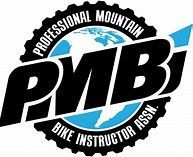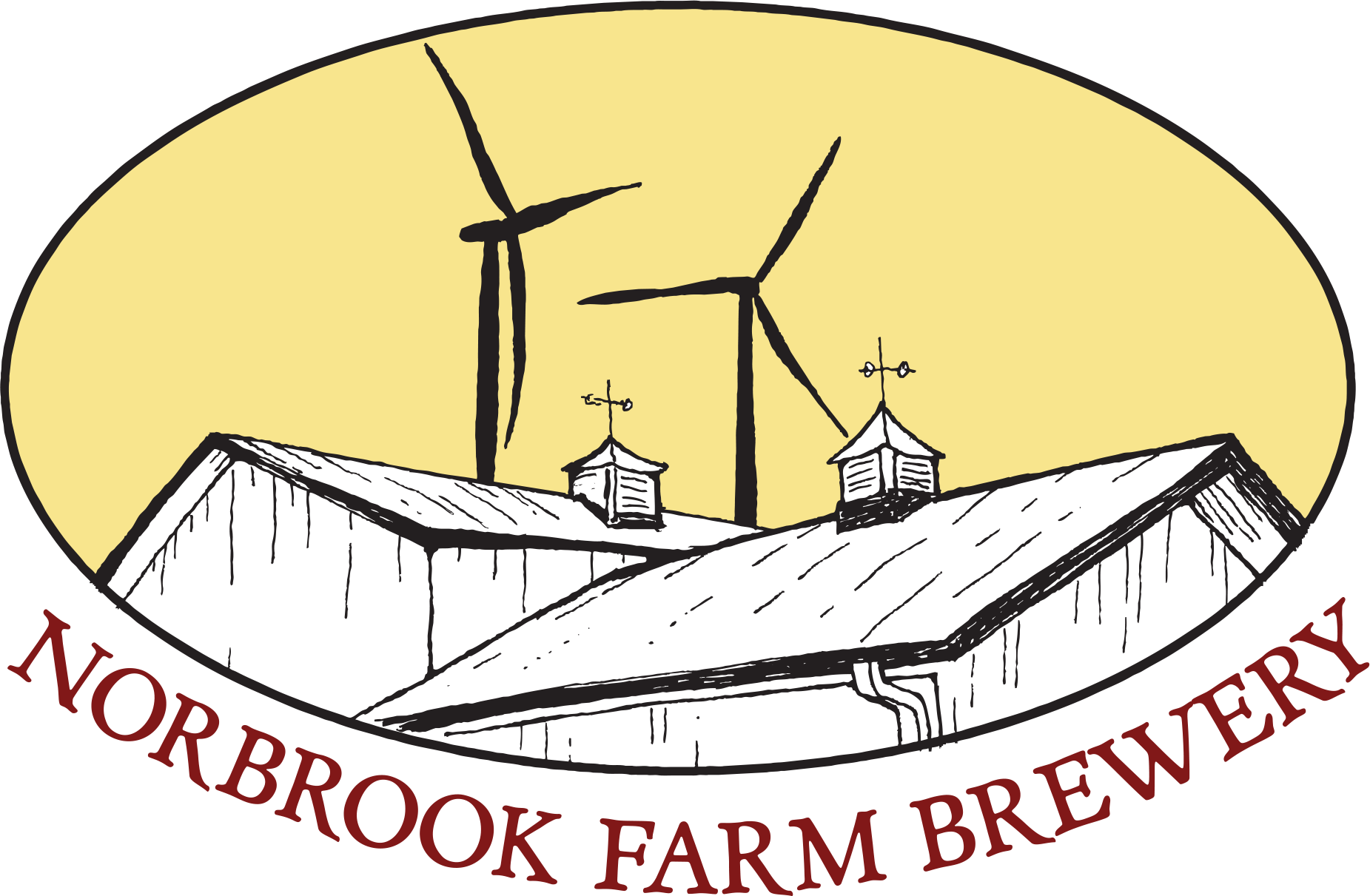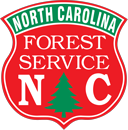Tips for Getting Organized Anywhere
You don't have a dedicated bike repair area at home?
Take a look around the kitchen!

Living in an apartment has a number of obvious advantages: you don't have to fix your roof when it rots, and yard maintenance is handled by someone else while you're out riding. As a result of the lack of a garage for wrenching motorcycles, many house mechanics learn to take up half of the kitchen.
You can probably skip this piece if you have a large garage with plenty of room for bikes and tools, but it's still necessary to arrange all of your equipment and spares so you can find them fast. Using inexpensive canning jars or recycled jars from jam and other things is a simple method to store tools and parts. The main thing is that you can see everything, which is why I like to soak the labels off so I can see what's inside.
Hyper-organized tool kits, such as the one we examined from Pros, can meet all of your organizational demands, but they frequently include a slew of extras and charge a premium for tools like Allen keys and crescent wrenches that you might get for cheaper at a local hardware shop.
I tend to organize everything by how often I use it, with this drawer containing daily drivers and other drawers in the sliders beneath including crown-race and star-fangled nut setters. Anything liquid-based is kept on the top left side of the kitchen cabinet, and the tools I use for every repair are kept in clear jars that can be removed when the bike is in the stand. I also carry a compact toolbox packed with extra parts and a second set of tools in my trunk, ready to be thrown into any car heading to the trail or a race. There are a few useful extras, such as a lighter for cleaning brake pads and lighting campfires, a beer opener, a shock pump, and a very comprehensive first-aid kit. I'd like to leave the red box in my car, but I don't want to encourage someone in need of cash to smash the windows.
"Should I build a workbench or just have a bike stand?" someone recently inquired. "Both if you have space available," I said. Even if it's only a simple one, everyone needs a repair stand of some sort. When you need to apply a lot of torque to a component, flipping your bike upside down won't work, and a stand can provide a stable surface to push against. A workbench is great for keeping everything organized and staging parts, but it's not absolutely necessary for a productive workshop. Apart from steadying a vise or grinder, a magnetic bowl can be used to fill most of the functions of a workbench. When I required bench vices and grinders, I was fortunate to have helpful neighbors, and if that wasn't possible, you could always go to the bike store.
While real bike stands are ideal for keeping your steed stable, you can also install a 44 arm to any wall, wrap it in carpet or old tires, and hang your bike from it by the saddle, similar to how the bike below is hung from the bike stand arm. This isn't the most durable repair position, but it serves a variety of purposes. If you attach the 4x4 board outside, it can be a perfect spot to hang your ride while washing off the grime and allowing the wheels to spin freely for a more thorough clean.
Another way to use a 4x4 board for organizing is to put it across the back of your workbench and drill 3′′ deep holes in it to fit all of your Allen, Torx, and screwdriver tools. That way, they're always visible and immediately accessible. In the near future, we will offer a quick video instruction demonstrating the 4x4x4 holster. You could even combine all of those bits into a single handheld bit driver or torque wrench, though you'll still need some L-shaped Allen keys to fit into tighter areas. For most jobs that don't require a lot of torque, I use this Kobalt bit driver and tighten the bolts with a torque wrench before calling it done.
There aren't any toolbox battles going on here. My kitchen is divided into two sections: one for bike repair and the other for meal preparation. What is the state of your home mechanic organization? Every time I walk into a store, I notice something creative and new. Please post those bits in the comments box for everyone to see.














